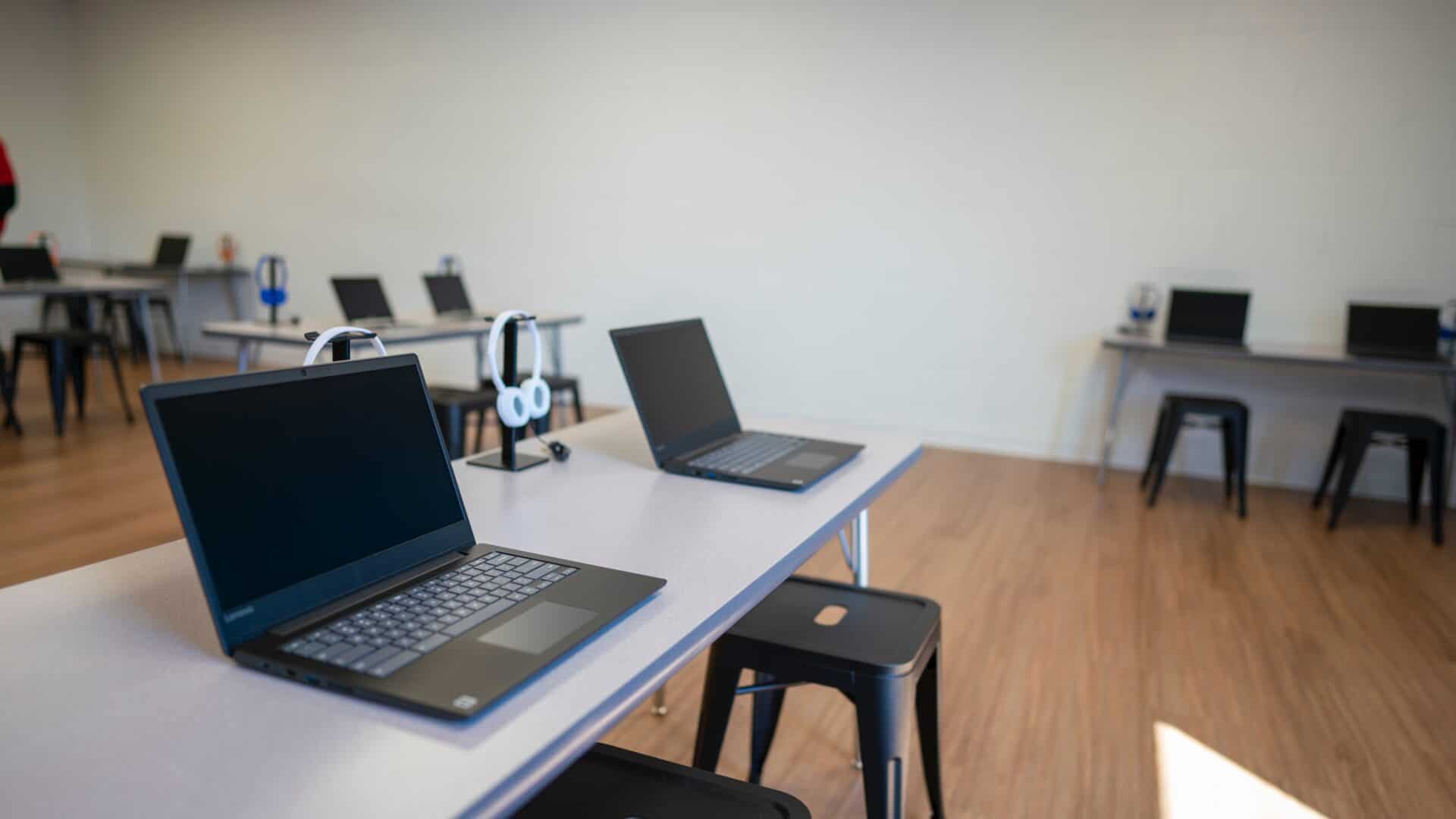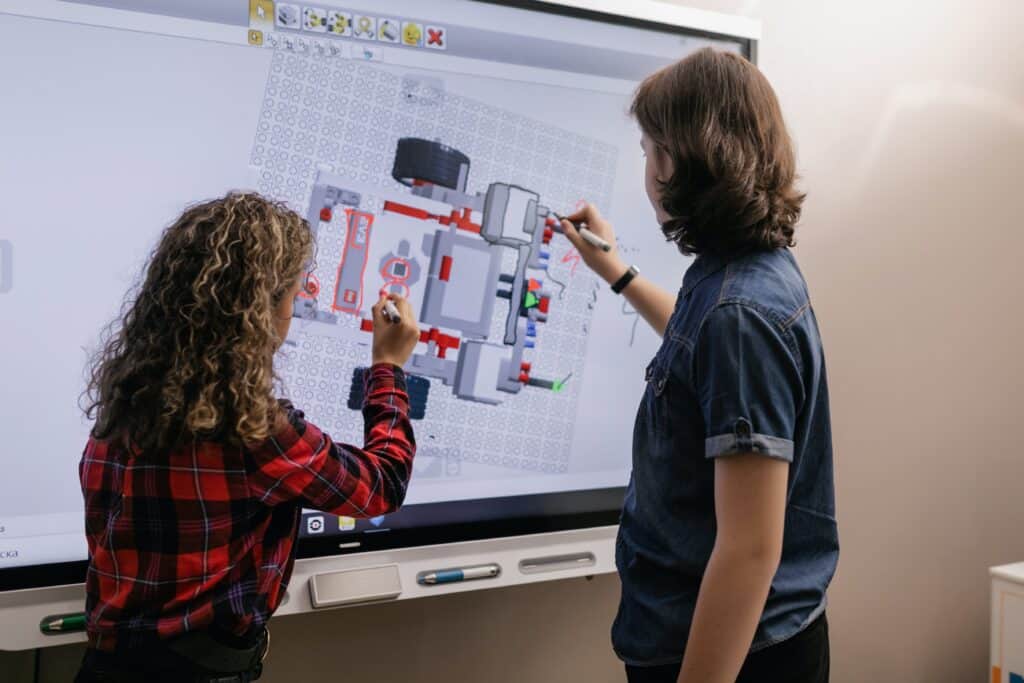When people hear the term “smart classroom,” those unfamiliar with the term may conjure up futuristic images of holograms and other gadgets more at home on a science fiction movie set.
However, for a classroom to be a smart classroom, it simply has to incorporate digital advances and technological elements that help students succeed.
In recent years, most school districts nationwide have embraced educational technology out of necessity. Amid COVID, we’ve had to navigate new hybrid and collaborative learning situations. And as a major plus, smart education tech offers beneficial tools that improve students’ overall classroom experience.
The prevalence of smart classroom tools is only increasing. In fact, analysts expect the global education market to grow to $233 billion by 2027.
So, what devices do you need to create a smart classroom? We’ve listed eight important tools.
[Related: 6 Signs Your Business Has Been Hacked]
Smart room devices
Document Cameras
Similar to the overhead projectors of years past, document cameras let teachers display worksheets and other documents. However, gone are the days of laminate sheets and bulky projectors.
These devices display any type of document onto a larger screen or individual devices via image-capture. This not only makes it easy to share information with a large group but also helps classrooms become more eco-friendly by saving paper.
Smart Boards
A device that offers benefits similar to those of document cameras, an interactive whiteboard (aka smart board) projects images or documents onto a whiteboard surface.
After projecting a document, teachers can write on it with an internet-connected stylus, attach related video or information and archive the lesson for future use.
Cloud-Based Communications Systems
Software-as-a-service (SaaS) or cloud-based communications systems are becoming more and more crucial to a classroom environment. These systems allow users to store information on the internet rather than on paper or one main device.
In smart classrooms, cloud communications and storage help teachers do their jobs with ease. Here are just a few of the actions teachers can take:
- Communicating with students instantly
- Reviewing work and lesson plans
- Organizing virtual field trips
- Hosting web conferences
- Holding hybrid classes (that is, classes with both in-person and remote students)
[Related: Managing Cloud-Based Security]
Tablets
Tablets and e-readers are becoming increasingly popular with people both inside and outside the classroom.
Teachers can use tablets/e-readers to connect what students use on their own time with what they present in the classroom. Presenting materials in a familiar format and offering online textbook copies can help students become more engaged with their education.and make learning more accessible.
Smart Tables
Like smart boards, smart tables make it easy to work with information and present it to large classroom groups. Smart tables reorient and project information and documents onto tables and desks. They’re also sturdier than wall-mounted smart boards and can encourage student-teacher collaboration.
Online Textbooks
Online textbooks are valuable tools that benefit students and teachers alike.
For example, digital textbooks often are less expensive, offer a variety of additional course materials and can be interactive (like by combining worksheets and text). They’re also more student-friendly — they may include internal text search features, annotation tools and audio translations. Plus, they make students’ backpacks a whole lot lighter to tote around.
[Related: How Would Multi-Layer Defense Help Your Company?]
Audio Enhancements
Audio enhancements can cover a variety of tools in a smart classroom.
High-quality speakers in every corner, wireless microphones, directional speakers and crisp audio for remote students are just a few examples of audio enhancements. Additionally, teachers can record lectures and discussions with the right audio tools, then review or distribute them later.
High-Quality Security
One of the most important features (if not the most important feature) any teacher can include in their smart classroom is high-quality security and tech support.
Although all the tools we’ve listed can help schools improve the learning experience, some can also increase the possibility of security vulnerabilities and data breaches.
Smart classroom security management means taking three concrete actions:
- Developing a plan for how to prevent hacking
- Training students and staff on best security practices
- Partnering with professional and experienced managed IT companies for enhanced protection
[Related: How to Protect Your Business From Cyber Threats]
Contact CMIT Bothell Today!
CMIT Solutions is a full-service IT support company with expertise in protecting your data, your students’ data and your staff’s data.
From network security and IT procurement to cloud hosting and data protection and backup, you’re sure to find a service that fits your needs — inside and outside the classroom.
Contact us today, and let’s get started!
Featured image via Unsplash






